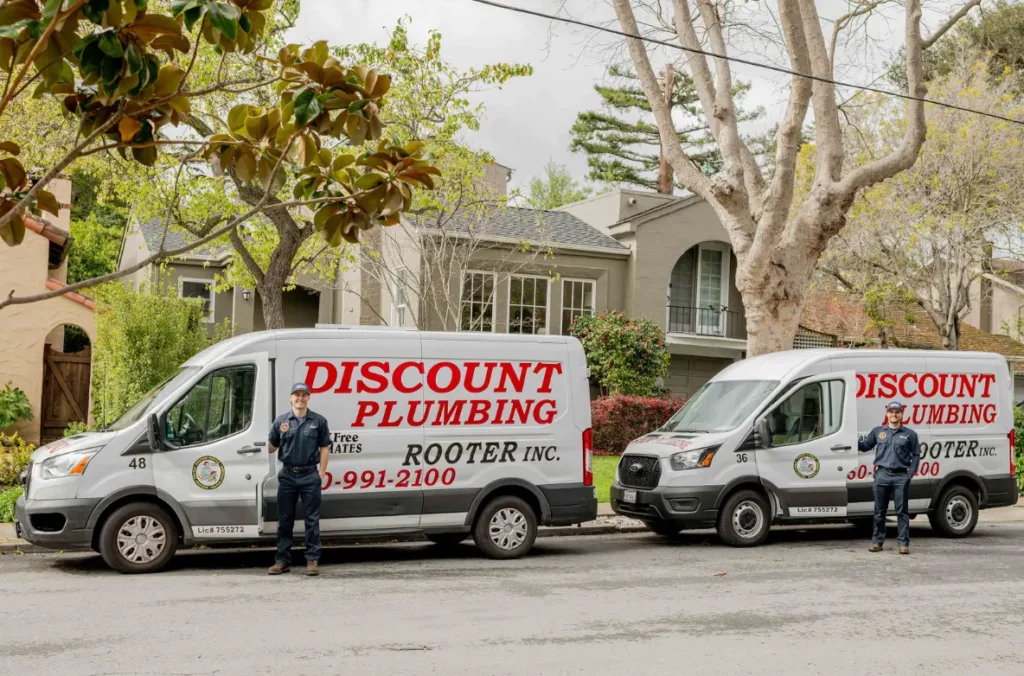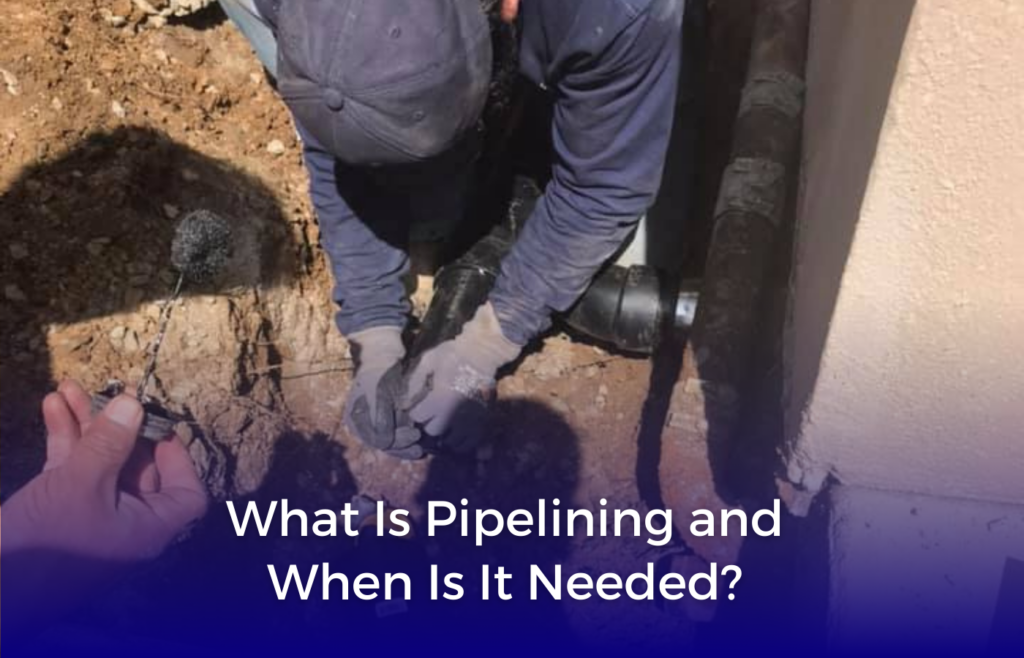Pipelining is an important part of plumbing. It fixes or replaces old pipes without digging them up. This approach saves time, causes less disruption, and can make a plumbing system last much longer.
For homeowners or building caretakers, knowing when to use pipelining can address minor issues before they escalate into major problems. Curious about how and when to use pipelining? This write-up covers all that clearly.
What Does Pipelining Involve?
Pipelining fixes old or broken pipes without digging them up. Experts fit a modern lining into the existing pipelines, rejuvenating them to perform as if they were just installed yesterday. Forget about wasting hours and dealing with the chaos of old-school pipe fixes. With this technique, your pipes stay in great condition without all that trouble.
The Process of Pipelining
At its core, pipelining involves the careful insertion of a new, durable lining into existing pipes. This innovative lining then hardens, forming a robust, seamless new pipe inside the old structure. A new pipe is slid inside the old one, boosting performance and making it last longer.
Minimal Disruption, Maximum Efficiency
One of the standout advantages of pipelining is its non-invasive nature. Traditional pipe repair or replacement often needs a lot of digging, which can disturb daily life and hurt the environment. Pipelining, however, minimizes this disruption. Repairing pipelines internally eliminates the necessity for major digs around your property. With this method, you’ll find yourself saving cash as well as precious minutes in your day if you’re a homeowner or property manager.
Benefits of Pipelining
The advantages of choosing pipelining for plumbing repairs extend far beyond the initial savings on costs and include long-term reliability, minimal disruption, and environmental benefits.
Environmental Impact
Pipelining significantly reduces the environmental footprint associated with pipe repair. Traditional techniques often require heavy machinery and extensive digging, which can harm soil and vegetation. Pipelining fixes the inside of pipes, keeping the surrounding land safe and causing less harm to nearby nature.
Improved System Performance
Pipelining not only repairs existing damage but also enhances the performance of your plumbing system. The liners used in this process have no joints, so leaks and blockages are less likely to happen. This helps water flow smoothly and can increase water pressure, ensuring a more consistent supply.
Health and Safety
Old, corroded pipes can contaminate your water supply, posing health risks. Pipelining seals off these old pipes, preventing harmful materials from leaching into your water. This keeps your water clean and safe, ensuring your family’s health remains protected.
Convenience
With pipelining, there’s no need for prolonged periods of water shutdown. The system is designed to be quick and efficient, minimizing any disruptions to your water service. This straightforwardness is particularly beneficial for businesses, where prolonged water outages can halt operations.
When Is Pipelining Needed?
Being aware of when to use pipelining can help homeowners easily prevent future problems. Here are ten common scenarios where pipelining is the best go-to solution.
Aging Pipes
Over time, pipes wear down due to use and environmental factors. When signs of aging, such as leaks or low water pressure, become apparent, pipelining can give these old pipes a new lease on life.
Corrosion and Damage
Pipes can corrode or get damaged due to various reasons like soil conditions and water quality. Pipelining can address these issues by repairing the system without the need to replace everything.
Preventing Root Intrusion
Tree roots seeking water can invade pipes, causing blockages or damage. Pipelining closes the pipes, stopping roots from getting in and making sure water flows smoothly.
Improving Water Quality
Corroded or deteriorated pipes can affect water quality. By sealing the old pipes and stopping leaks, pipelining can improve the taste, smell, and safety of your water.
The Essential Guide to Pipelining: Preserving Your Plumbing System
Pipelining is an important way to keep plumbing systems working well. It is a less invasive, more affordable, and durable solution for various pipe issues. Pipelining extends the lifespan of old pipes, prevents root intrusion, and improves water quality, all with minimal disruption to daily life. Homeowners should consider it as a preventative measure or an immediate solution when faced with plumbing problems. Knowing when you need pipelining can be the key to a trouble-free and working plumbing system.
At Discount Plumbing Rooter Services., we understand the importance of a well-maintained plumbing system. Our skilled team is here to understand your needs and suggest the best plumbing solutions for you. By choosing us, you receive top-notch service that ensures your pipes remain in excellent condition for many years. Don’t let small problems become big ones.
Contact Discount Plumbing Rooter Services today to keep your plumbing system strong and dependable.







